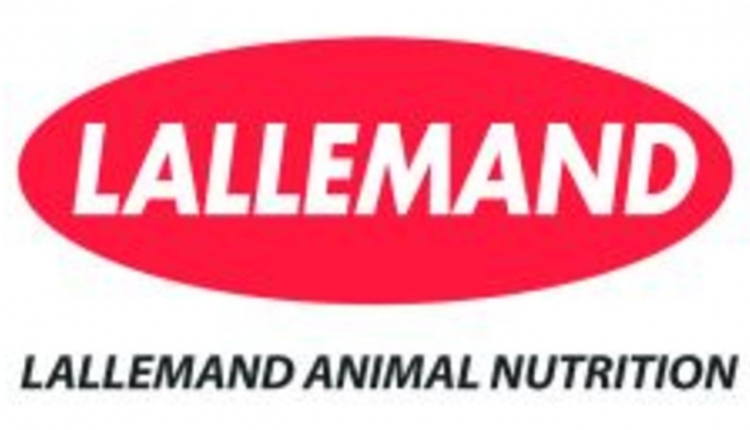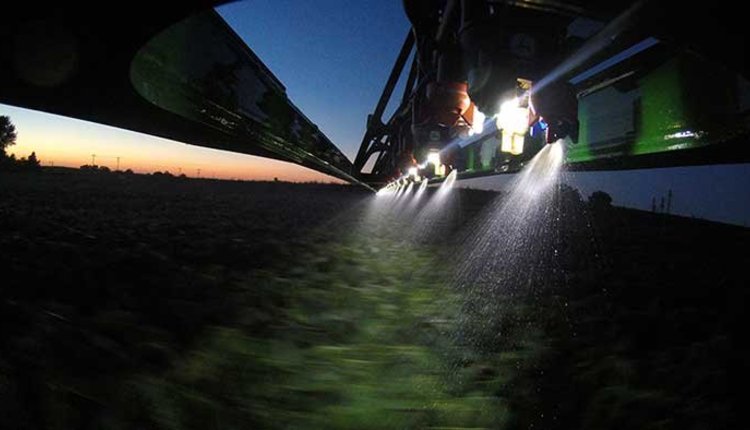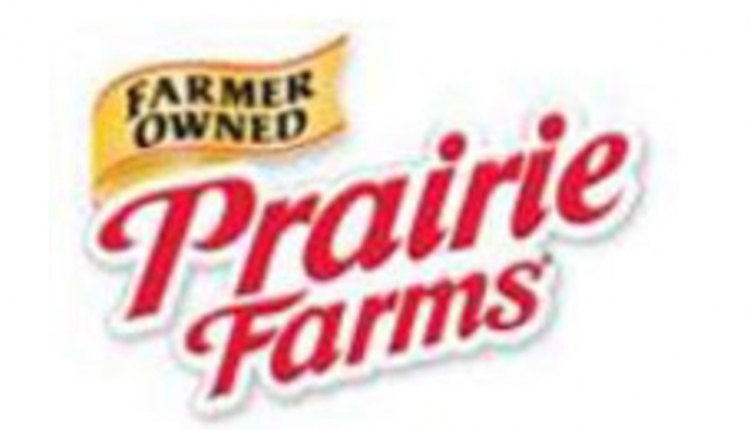
Guidelines cover practices that can reduce the incidence of lameness in beef and dairy herds.
The American Association of Bovine Practitioners (AABP) introduces newly created beef and dairy lameness guidelines for its members and the livestock industry. "Lameness in Dairy and Beef Herds" offers information veterinarians and their clients can use to identify, mitigate and prevent lameness in cattle.
"AABP recognizes that lameness in cattle not only effects growth and performance, but also is a visible welfare issue that can lead to additional concern and scrutiny," says Dr. Richard Wiley, Wooster, Ohio, who chaired AABP's task force on lameness that created the guidelines.
The guidelines look at aspects such as time standing, flooring, housing, environment, nutrition, and heat stress, along with recordkeeping and review of lameness incidence and protocols. The guidelines encourage a communicative approach between veterinarians, the herd nutritionist, hoof trimmers, farm caregivers and management to facilitate action to reduce lameness risk.
"Veterinarians are encouraged to take these guidelines to their clients and become leaders in the discussion of lameness issues," Wiley adds.
Find the AABP Lameness in Dairy and Beef Herds guidelines and other AABP guidelines at http://aabp.org/about/AABP_Guidelines.asp. Additional resources, calculators and worksheets on cattle lameness can be found on the public section of the AABP website at http://aabp.org/members/Lameness.asp. AABP members can also find additional reference material in the members-only section of that same webpage by first logging in with their AABP member number/User ID and password.
AABP is a membership-based, not-for-profit organization serving cattle veterinary medicine professionals across the United States, Canada and other countries. Visit www.aabp.org or like us on Facebook.
4.16.2014








